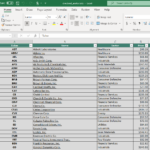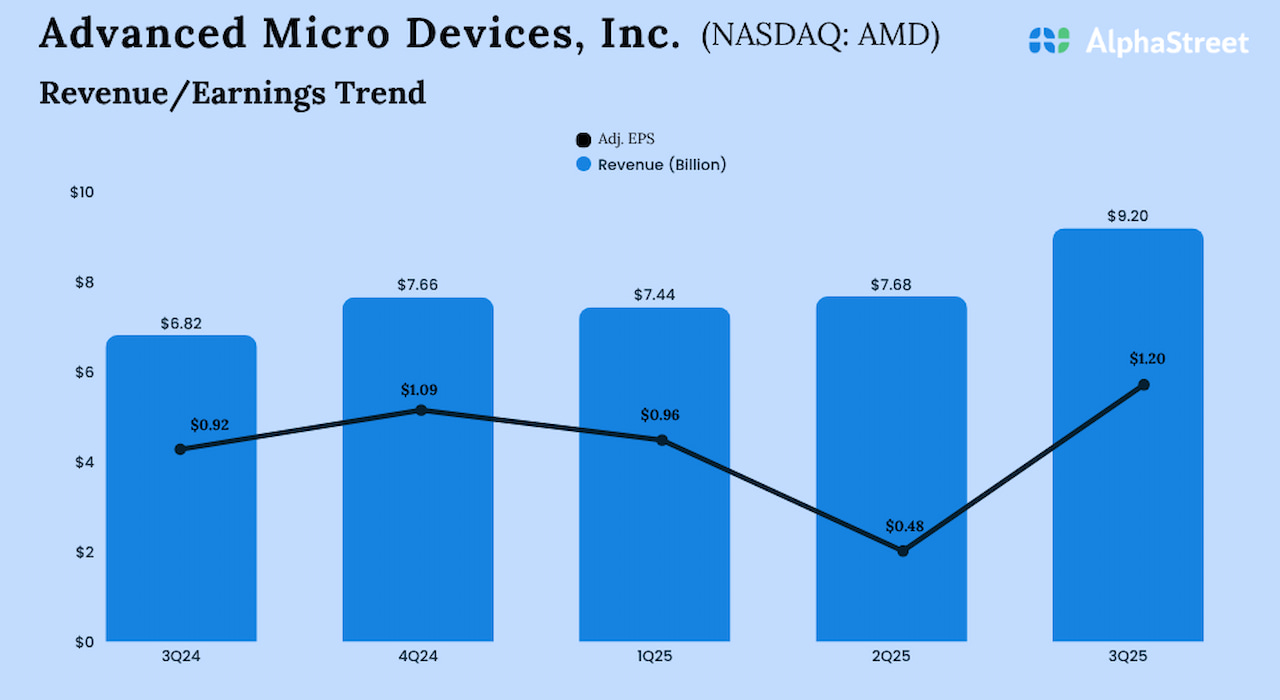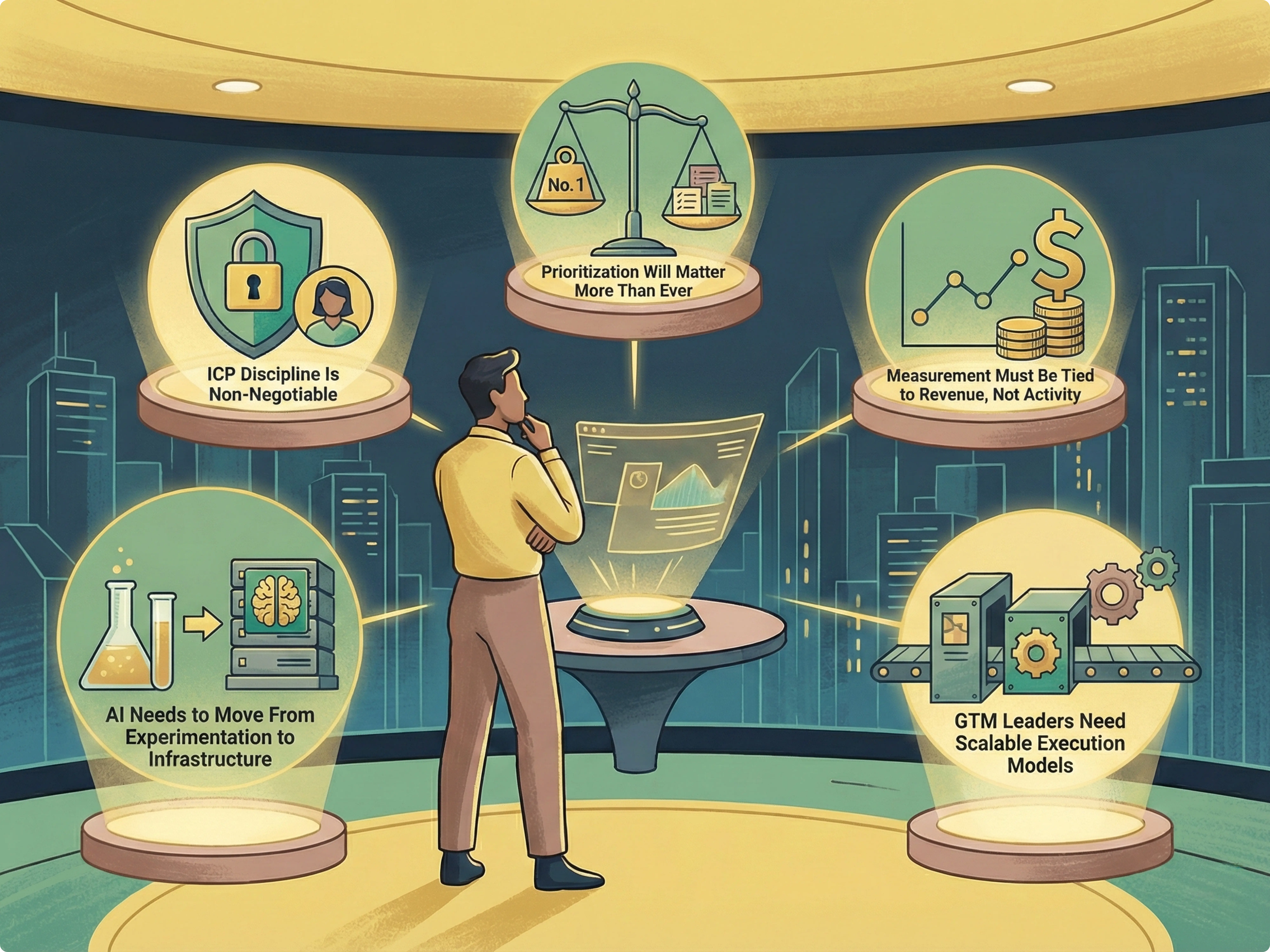However, the smooth sailing for equities finally came to a sudden halt last week when trade tensions re-escalated between the U.S. and China. The sharp selloff was long-awaited as many market participants have been eagerly looking for some excuse to take profits after Q2’s incessant rally, and it appears that the latest tariff tumult did the trick as it brought back memories of the extreme volatility experienced in the first quarter of this year. Will the wild market swings persist? Well, there will again this quarter be no dearth of potential headwinds for equities. For example, the slowdown in the labor market seems to also remain in place for at least the remainder of 2025.
Slower Job Churn Could Help Cool Inflation
We have yet to see a jump in outright layoffs because businesses are reluctant to let go of talent, but companies are no longer expanding their payrolls like they had in recent years as shown by the large declines in hiring and job openings. At the same time, we are seeing a sharp decline in quits, signaling that workers have less confidence in their ability to find alternative employment opportunities. Moreover, Americans in the latest University of Michigan consumer sentiment survey reported the highest expectation about losing their job during the next five years since the prior two recessions.
The upshot is that less employee churn can lead to higher productivity, and bargaining power shifting back in favor of employers means less upward pressure on wages, which altogether suggests overall inflation is likely to continue to trend lower for U.S. consumers. How long that lasts, though, will depend on several factors, such as what happens with tariff negotiations, whether Congress tries to pass larger (more economically stimulative) spending bills, and of course what the Federal Reserve does with interest rates. With respect to the Fed, the committee’s guidance implies additional rate cuts coming in Q4 as well as 2026. How much of this expectation, though, was already priced into the Q2 rally in equities remains to be seen.
Long-Term Investors Still Hold the Advantage
The good news for 401(k) investors is that all of the above-mentioned issues will likely be resolved over a very short time horizon relative to their much longer retirement-focused time horizons. Moreover, last week’s 2.7 percent 1-day plunge in the S&P 500 might have been scary, but volatility is normal behavior for the stock market. What was abnormal was the near-vertical ascent over the last six months without any meaningful pullbacks.
Experienced 401(k) investors understand this and can therefore remain calm and confident during drawdowns knowing that their accounts benefit from a combination of consistent contributions and a very long investment time horizon. Of course, each investor’s unique personal situation, risk tolerance, and other factors may warrant a bit more nuance and customization for how to handle their investments. As always, that is exactly what Slavic401k is here to help with.
Make managing money more efficient and profitable with Slavic401k’s financial resources. Click here to explore!



























